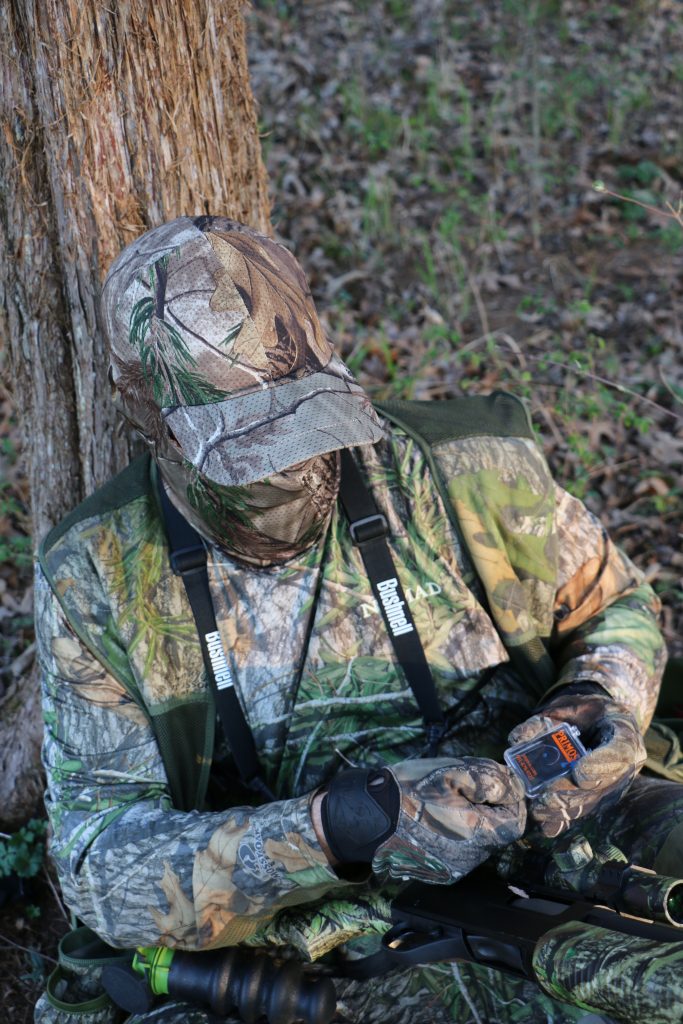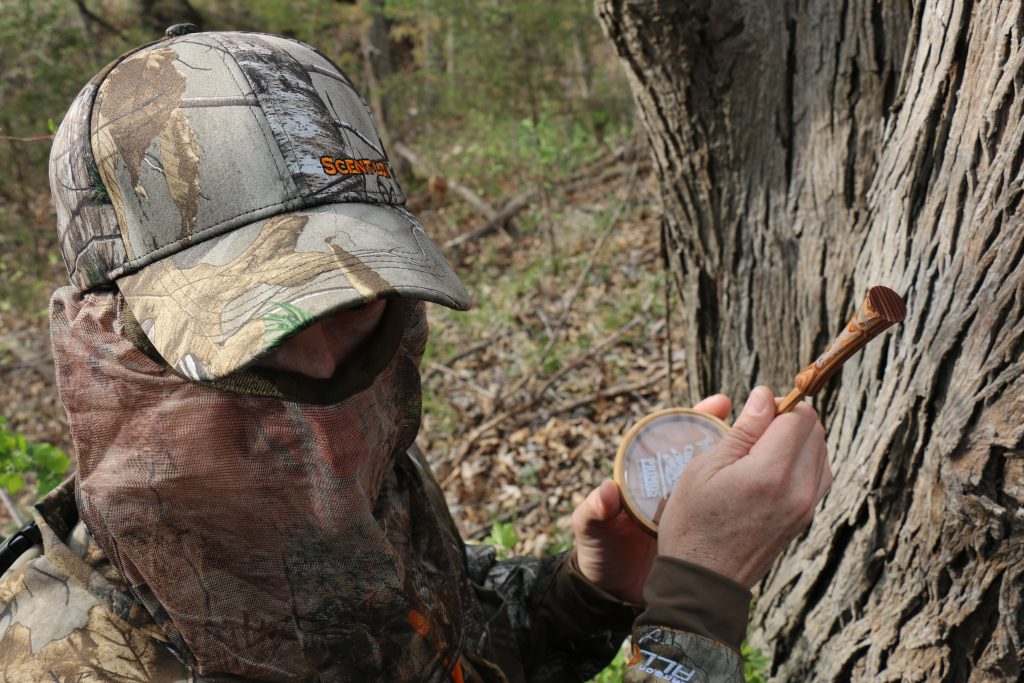Calling Gaffes Turkey Hunters Keep Repeating
You probably hear these common errors in the woods every spring. Learning to identify and avoid them will bring more longbeards to the gun.
Folks talk and write a lot about common turkey-calling mistakes. Yet every year, many turkey hunters continue to repeat the same blunders while working birds.
The pros know. They hear those mistakes every spring. They also know what hunters should do to avoid repeated gaffes and make their calling more effective. And it often begins with practice and experience.

“I guess the biggest one that comes to mind deals mainly with mouth callers,” said Shane Simpson, a champion caller and producer of Calling All Turkeys on YouTube. “A lot of it has to do with the fact they haven’t mastered the mouth call yet. You’ll hear them do a yelp and then cutting, but the cutting is basically a sped-up yelp. They need to learn what turkeys actually do.”
Brett Ladeau, who’s made the cut in the Grand Nationals Calling Championships Friction Division seven times, said some hunters err by not calling enough to track a bird by its gobbling and making slight position adjustments as the gobbler approaches.
“I hear a lot of people who are surprised by the bird’s approach and are out of position when the bird appears,” he said. “In my opinion, a smart hunter should call just enough to keep the bird gobbling to give up its approach and make adjustments accordingly.”
Dylan Bearden, 2024 GNCC Friction Division champion, said many hunters fall into a common trap: bland, unrealistic calling.
“Knowing how to call and when to call and being able to adapt to any scenario is huge,” he said. “Guys put no feeling into their calling. You have to paint a picture with realism — something so a longbeard can’t stand the temptation and has to know what you’re about.”
Simpson agreed, saying some hunters simply run calls together with no rhyme or reason, basically talking gibberish instead of trying to converse with a gobbler.
“A turkey is gobbling, so they yelp, and then they cluck and purr, and then they yelp again,” he said. “They’re just making every sound they can think of without trying to communicate to the turkey. So they’re saying, ‘I’m a yelping turkey, but I’m feeding at the moment, too. I’m hungry, but I’m excited about it.’”

Josh Grossenbacher, 2015 World champion and two-time GNCC Senior Division runner-up, said volume control is another consistent issue.
“I’ve always felt that not being able to soften up your calling is a huge disadvantage in the turkey woods,” he said. “I think it’s probably the least practiced technique when guys are getting ready for turkey season. Everyone is usually focused on yelping and cutting — the calls mainly used to make a turkey gobble.
But the importance of soft calling is huge. I’ve had a lot of success over the years hunting with decoys. In a lot of those decoy situations, there will be gobblers that get to about 50 to 60 yards and kind of lock up and just stare, like they were on red alert because there was no movement. A few three-to four-note soft yelps, and they were instantly calmed down and marching in to the setup.”
Finally, Simpson said hunters sometimes ignore an old adage: Silence kills.
“If there’s a gobbler in front of you and he’s walking to you, no calling at all is the best call,” he said. “There’s no reason to give him a reason to stop his advancement. As long as his feet are going one after another toward you, just sit there quietly. Your goal is to get him to move toward you. If he’s moving toward you, why would you do something to make him stop?”
